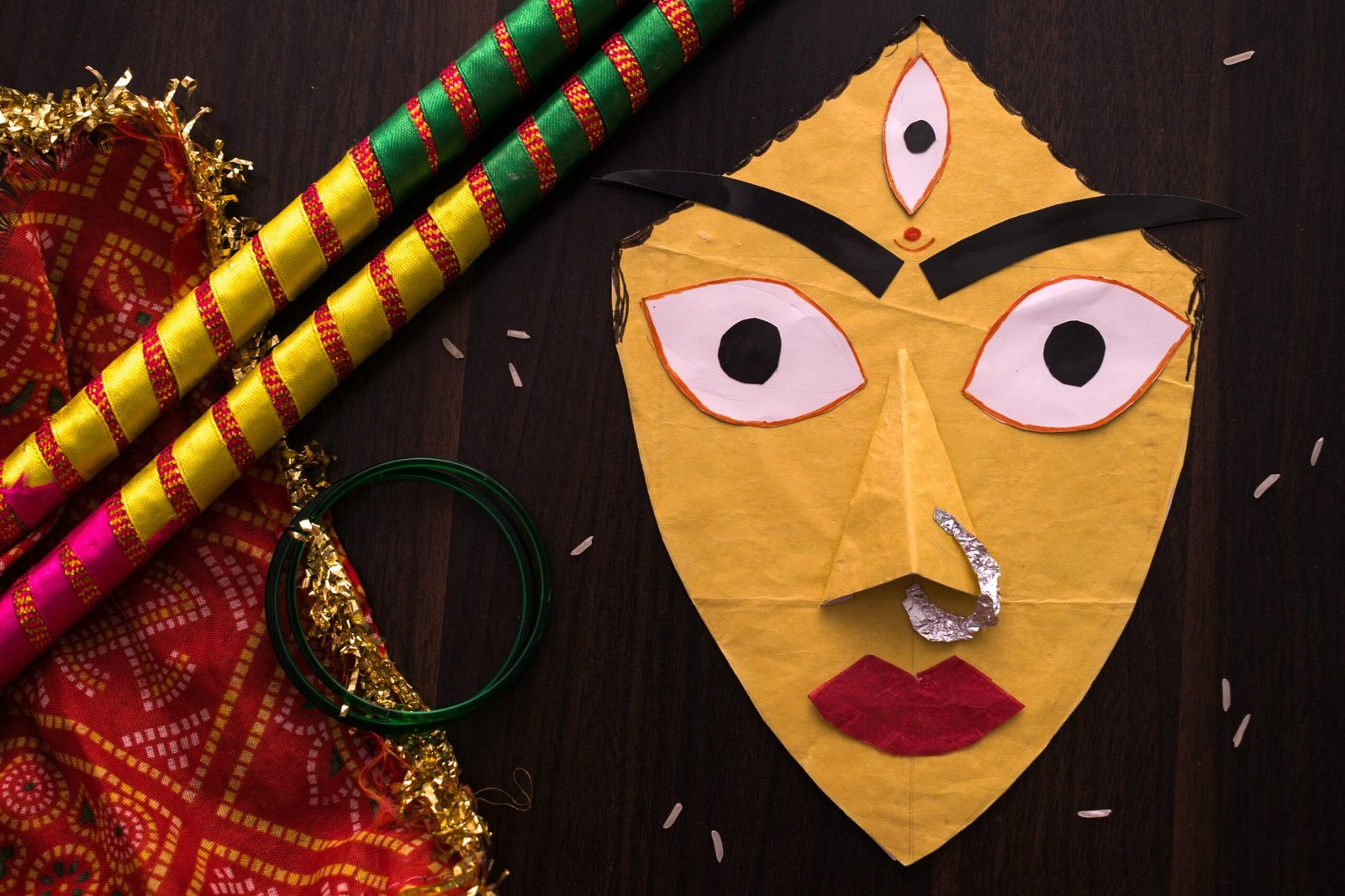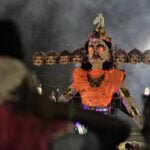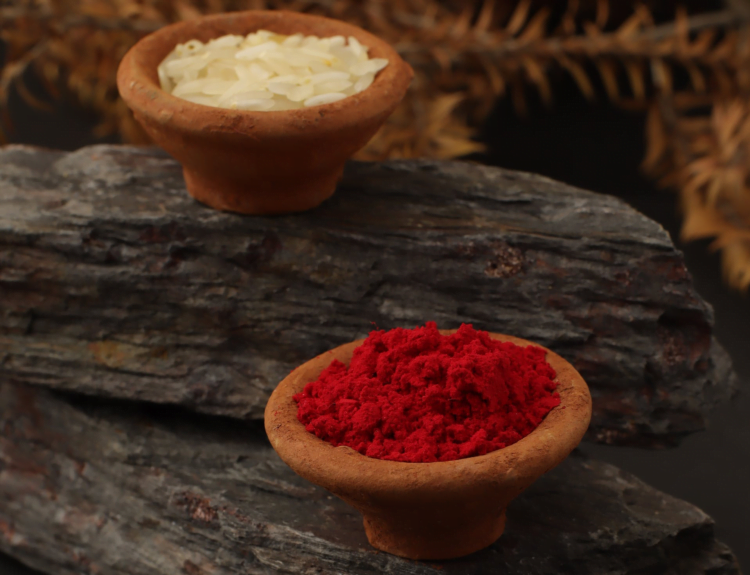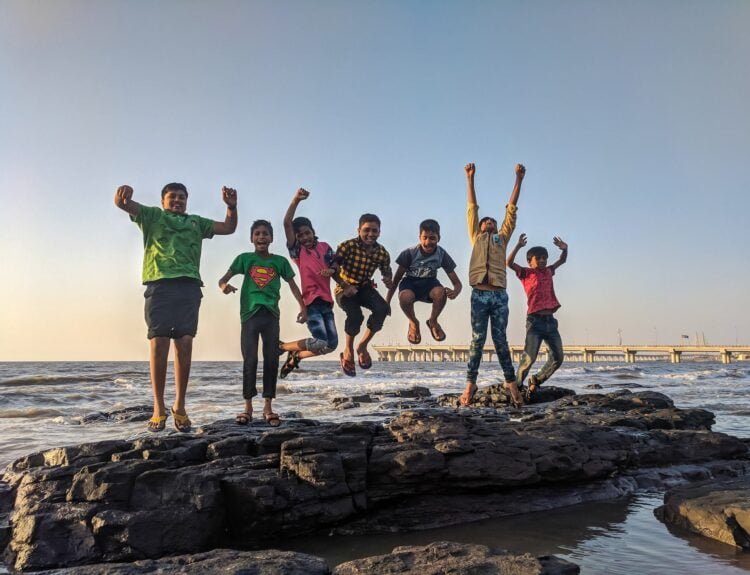India, a land of rich cultural diversity, is home to a multitude of festivals that are celebrated with great enthusiasm and regional variations. Dussehra, also known as Vijayadashami, is one such festival that unites the nation in celebrating the victory of good over evil. However, the way this festival is celebrated varies significantly from state to state, reflecting the uniqueness of each region’s culture and traditions. In this article, we will explore how Dussehra is celebrated in different states of India.
North India
Uttar Pradesh
In the northern state of Uttar Pradesh, Dussehra holds immense significance. The city of Ayodhya, believed to be the birthplace of Lord Rama, becomes the epicenter of grand celebrations. The nine-day period leading up to Dussehra is marked by Ramlila, a series of dramatic performances that recount the epic saga of Lord Rama’s life. The city is beautifully decorated, and the final day culminates with the burning of effigies of Ravana, Kumbhakarna, and Meghnad, symbolizing the victory of good over evil.
Punjab and Haryana
In Punjab and Haryana, Dussehra is a time for agricultural festivities. Farmers worship their plows and cattle as a symbol of gratitude for the bountiful harvest season. The festival is marked by fairs, processions, and the burning of effigies, akin to the celebrations in other northern states.
South India
Karnataka
The state of Karnataka is famous for the grand Mysore Dasara celebrations. Mysore, known as the ‘City of Palaces,’ is illuminated and decorated with grandeur. The highlight of the festival is the majestic procession led by the idol of Goddess Chamundeshwari. Cultural programs, dance performances, and exhibitions are also held throughout the city, making it a must-visit during Dussehra.
Tamil Nadu
In Tamil Nadu, Dussehra coincides with the Navaratri festival. The city of Madurai is renowned for its colorful and vibrant celebrations. Here, the festival is a blend of worship, music, and dance. One unique tradition is the display of dolls and figurines known as ‘Bommai Kolu.’ Families set up these elaborate displays in their homes, showcasing the rich cultural heritage of the state.
West India
Gujarat
In Gujarat, Dussehra is celebrated as the culmination of the Navratri festival, known for its Garba and Dandiya dance. The festival brings communities together to participate in traditional folk dances, often performed in circles, to honor Goddess Durga. The celebrations are marked by vibrant, colorful attire and a sense of unity among the participants.
East India
West Bengal
In West Bengal, Dussehra coincides with the grand finale of Durga Puja, a ten-day festival dedicated to the worship of Goddess Durga. Elaborate idols of the goddess are created, worshipped, and then immersed in rivers, symbolizing her return to her divine abode. The streets come alive with processions, cultural performances, and artistic decorations.
Central India
Madhya Pradesh
In Madhya Pradesh, especially in places like Jabalpur and Indore, Dussehra celebrations are a blend of traditional customs and modern festivities. The burning of Ravana’s effigies is a common sight, and Ramlilas are also organized. However, the uniqueness lies in the contemporary approach, with grand fairs, exhibitions, and events catering to all age groups.
Conclusion
Dussehra is a festival that reflects the cultural diversity and richness of India. Despite its roots in the story of Lord Rama, it has evolved differently in various regions, blending with local customs and traditions. These regional variations in how Dussehra is celebrated only serve to highlight the unity in diversity that is at the heart of India’s cultural fabric. Whether it’s the grandeur of Mysore Dasara, the devotion of Ayodhya, or the folk traditions of Gujarat, Dussehra is a time for rejoicing the victory of good over evil in ways that are as diverse as the nation itself.






